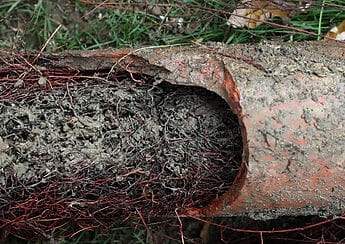Weeping tile replacement
Most older homes have weeping tiles made of clay, and later concrete, before the current plastic drainage pipe came into regular use. For the most part, this system worked well for many years but its life expectancy had major limitations. Removal and replacement is truly the most effective method to repair damaged and older weeping tiles. This requires digging the soil on the exterior down to the footing, removed the soil and the old tile and replaced with new perforated plastic drainage piping. Therefore, cracks can be patched and new damp-proofing are installed to ensure that seepage is stopped.



